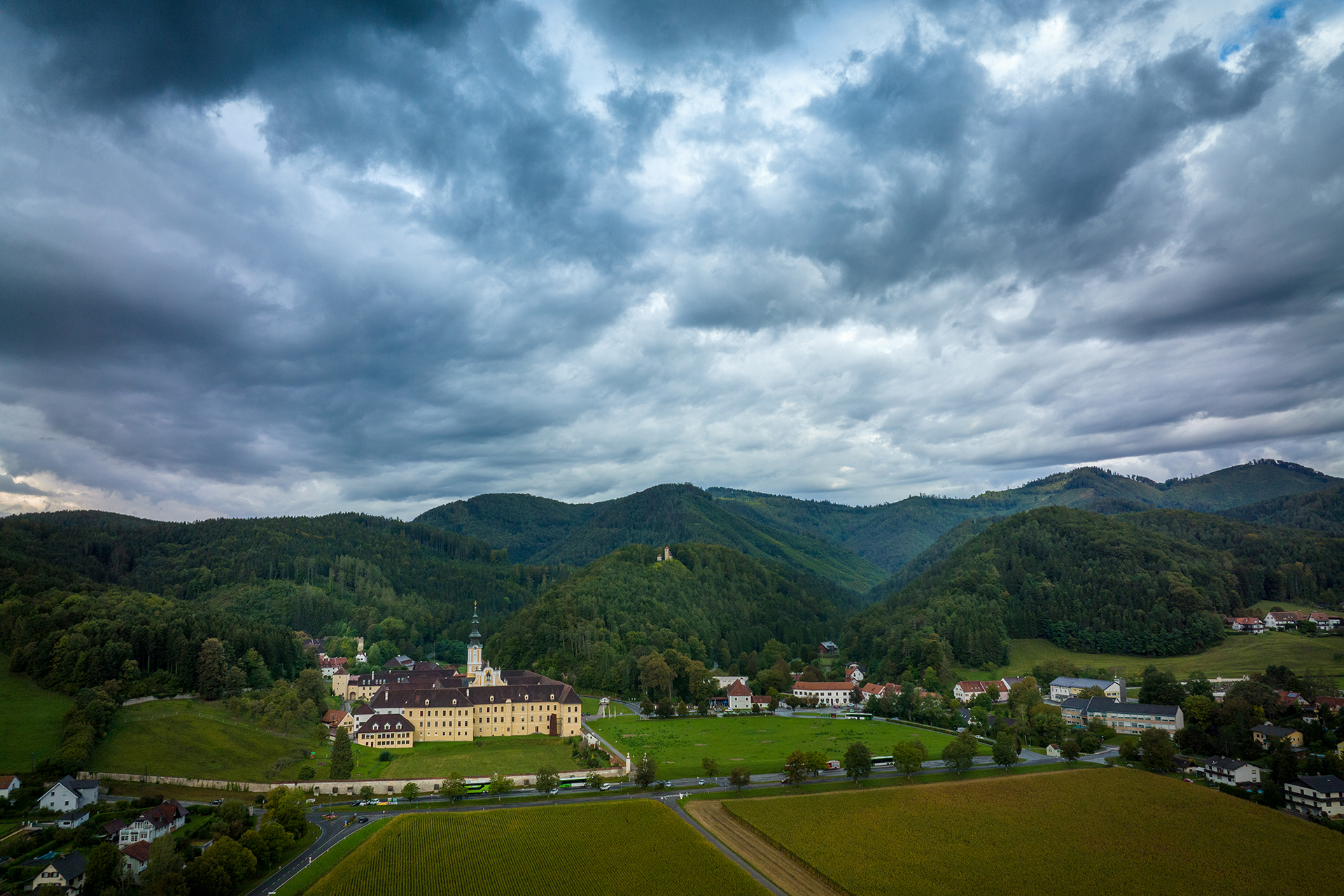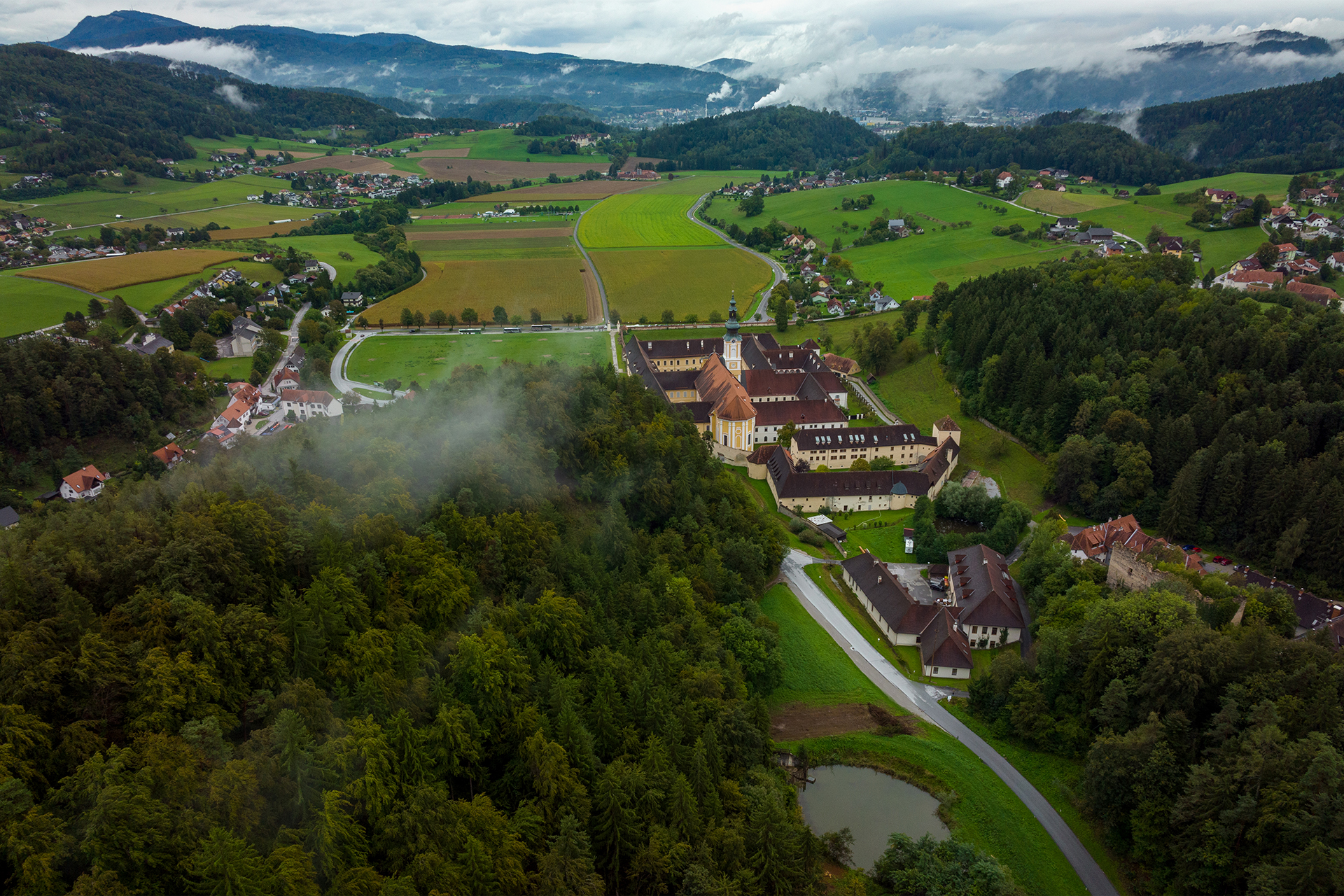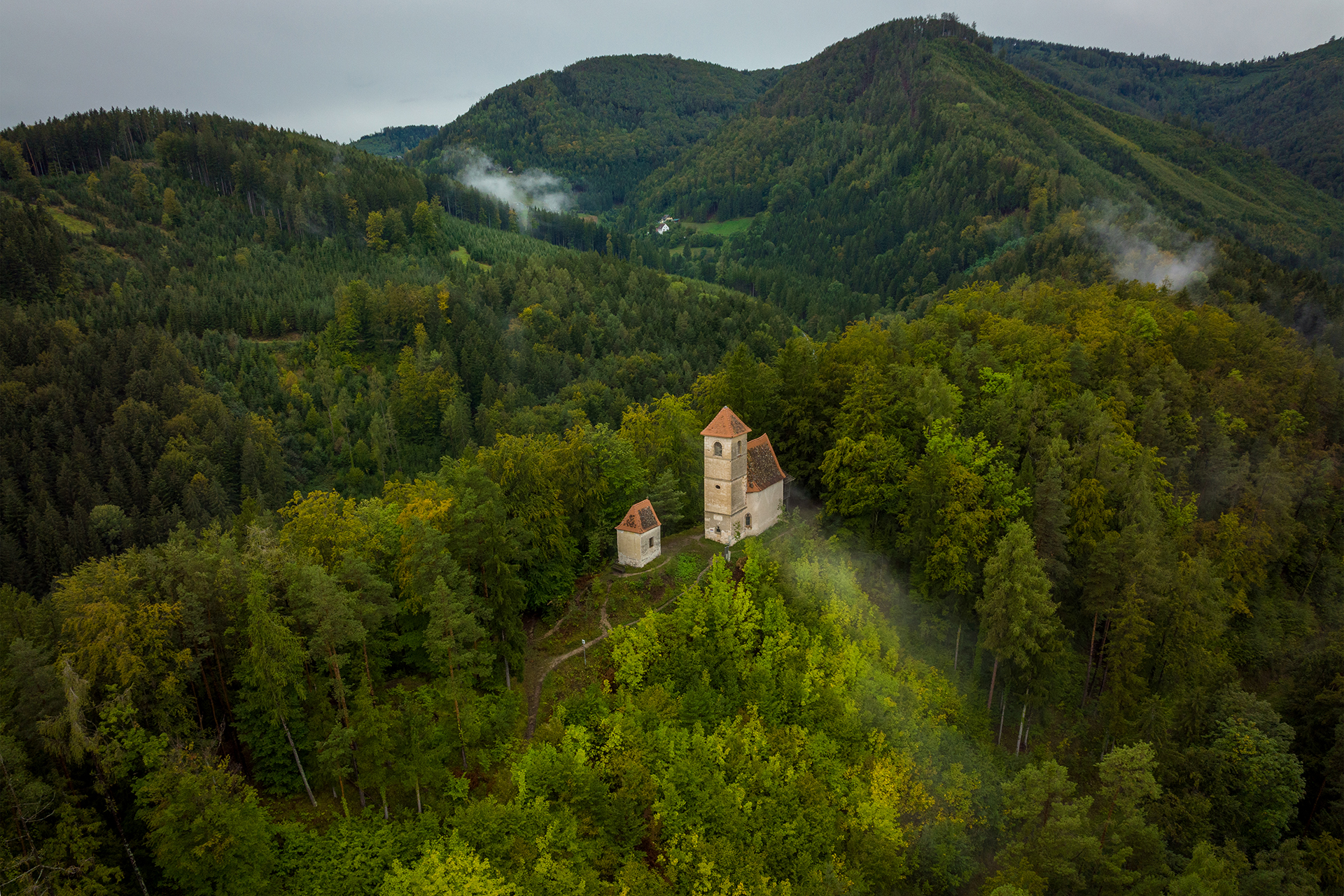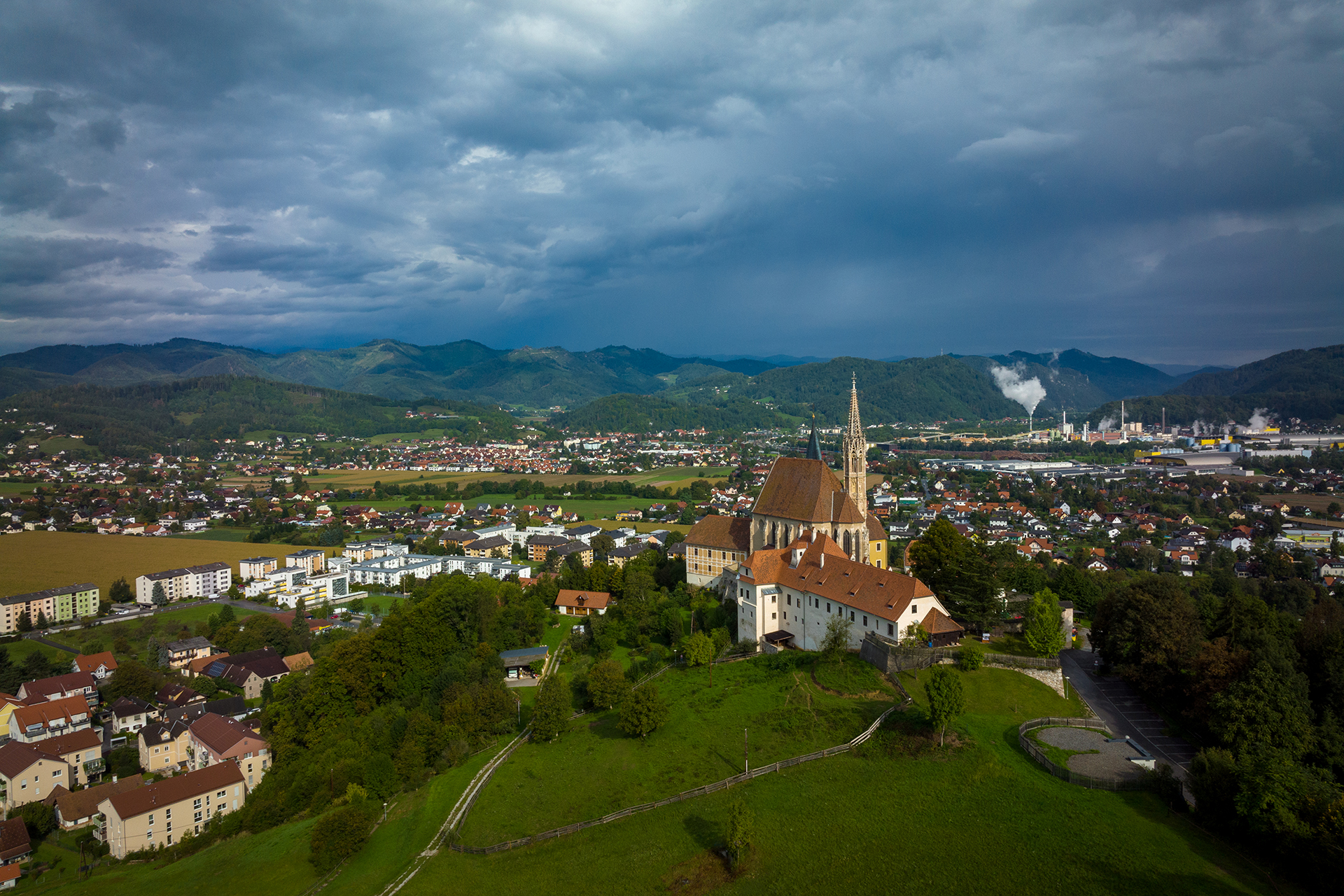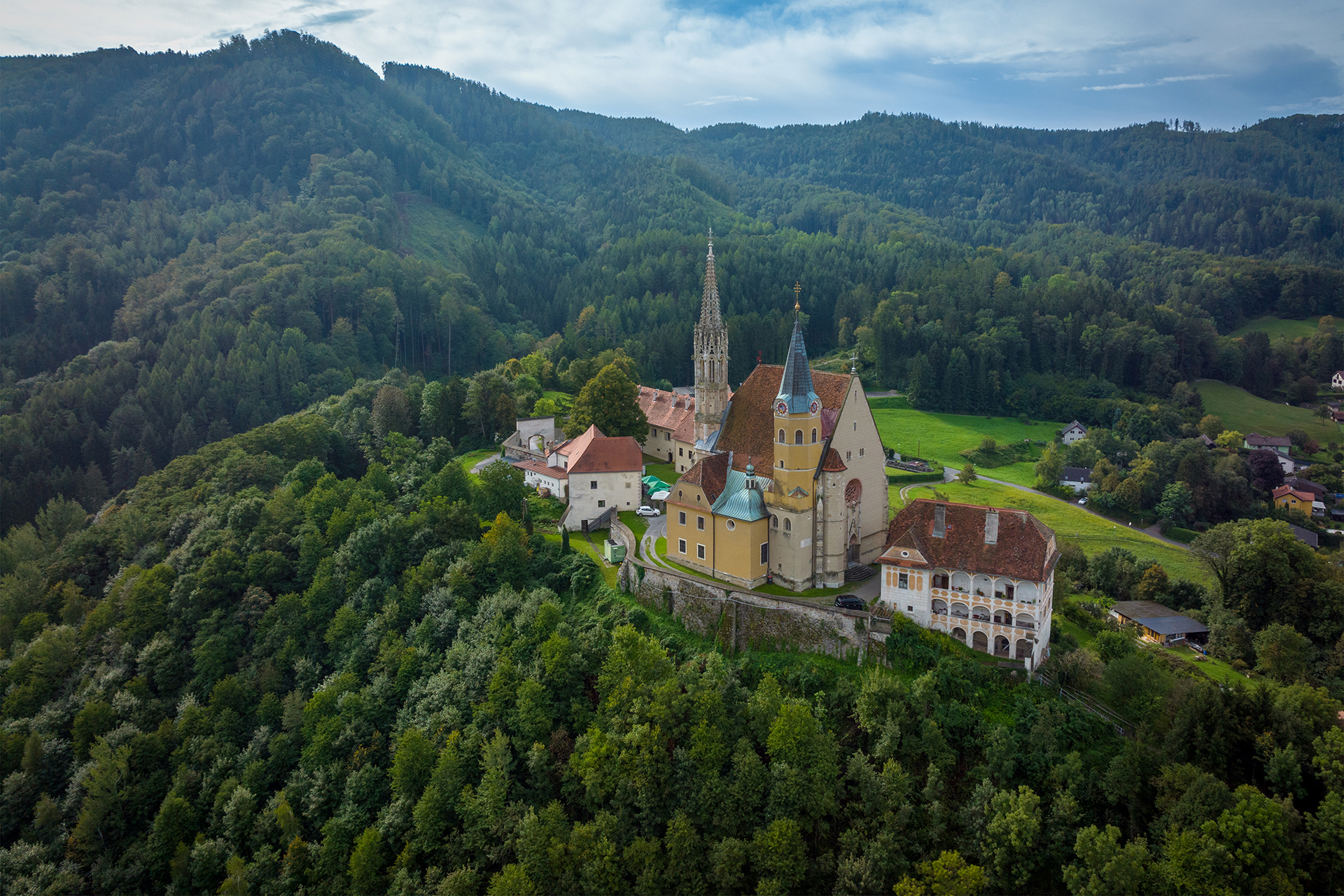REIN
Founding date: 1129 (order number 38 according to Janauschek)
Dissolution date: /
Filiation / mother monastery: Morimond-Ebrach / Ebrach Monastery
Daughter monasteries: Stična Monastery and three other monasteries
Margrave Leopold I of Steyr founded Rein Abbey in 1129. The location of the monastery in the Gratwein Basin offered the monks good conditions for building a monastery in seclusion. Forestry, terraced south-facing slopes for viticulture, chains of ponds, mills along the rivers and salt mining were of particular importance for the supply of the monastery. A special feature is the tunnel in the Ulrichsberg.
Audio version
Current events
Latest posts
The cultural landscape
The location of the monastery in the Gratwein basin, in the almost untouched valley of the Mur, surrounded by wooded mountains, offered the monks, who were called from Ebrach Monastery (Franconia), good conditions for building a monastery in seclusion and asceticism. Forestry, viticulture and salt mining were of particular importance for the monastery’s supplies and thus for its work in the countryside. In the first decades after the monastery was founded, the monks were still involved in salt extraction themselves and operated a salt mine in Altaussee. From the 13th century. The monastery continued to receive a fixed amount of salt, which was used both for its own needs and for trade. It is highly likely that the Ebrach mother monastery also obtained salt from Rein.
The early collapse of the Conversentum in Rein resulted in the dissolution of most of the granges, so that they have almost disappeared from the landscape.
The lively trade developed by the Reiner in the early 14th century can be seen as a special feature of this monastery and is still visible today in their representative town courtyards in Graz and Hartberg.
The highest income – apart from the sale of wood and salt – was received by Rein Abbey from the sale of wine. At the beginning of the 14th century wine trade accounted for around a third, and in the middle of the 15th century even account for the majority of total income.
Typical traces of this use have been preserved in the landscape: terraced south-facing slopes for viticulture, ponds and chains of ponds for fish farming and the hydraulic system of the monastery complex and its farmyard, which were fed by the moat from the Mühlbach valley.
The extensive monastery forest and the numerous mills along the rivers are still important features of the monastic cultural landscape today.
The monastery itself in its 18th century baroque appearance and the gothic pilgrimage church of St. Maria in Straßengel set a visible accent in the Gratwein landscape. Today, Rein Abbey is the oldest Cistercian monastery in the world that has existed without interruption.
Author: K. Matheja / Photo: Father M. Höfler

